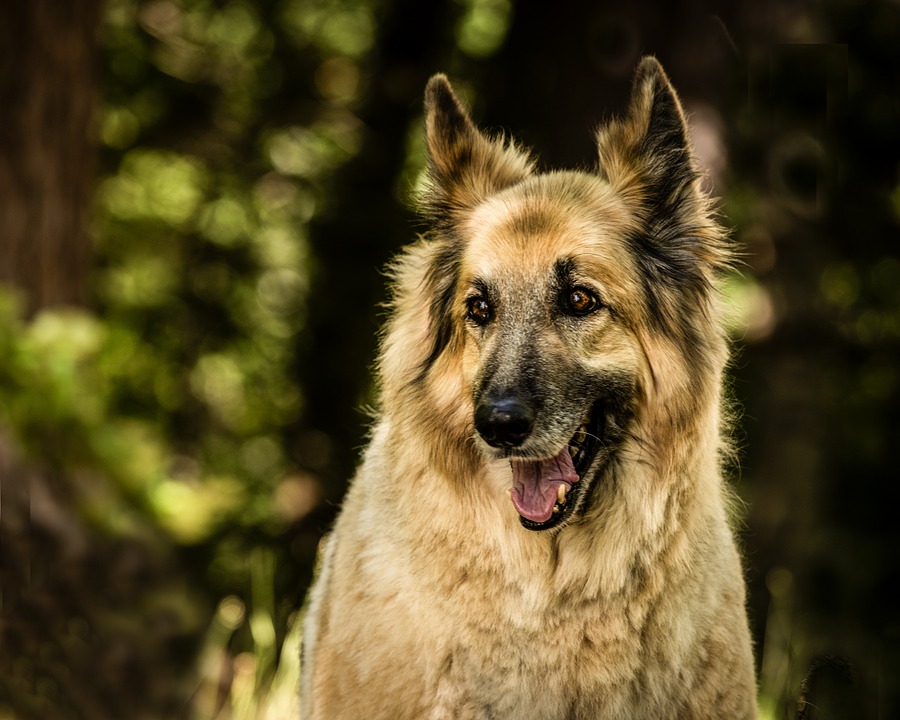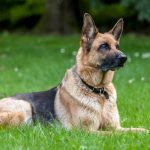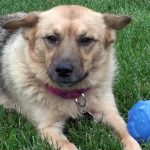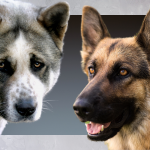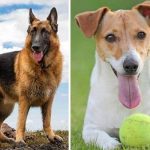The German shepherd is one of the smartest and strongest dogs. His great abilities have made him the perfect companion and protector for the family and a great working dog. Over the years, these dogs have been mixed with other breeds, giving rise to new mixtures that seek to enhance the qualities of their master origins in just one.
Thus we find the Wolfhound variety, a dog resulting from the mix between the Irish wolf and the German shepherd that has preserved the most beneficial and powerful qualities of each of the breeds. These dogs are marvels of genetics and are much stronger and more resilient than their parents.
History of Irish wolfhound and German shepherd Mix
Contents
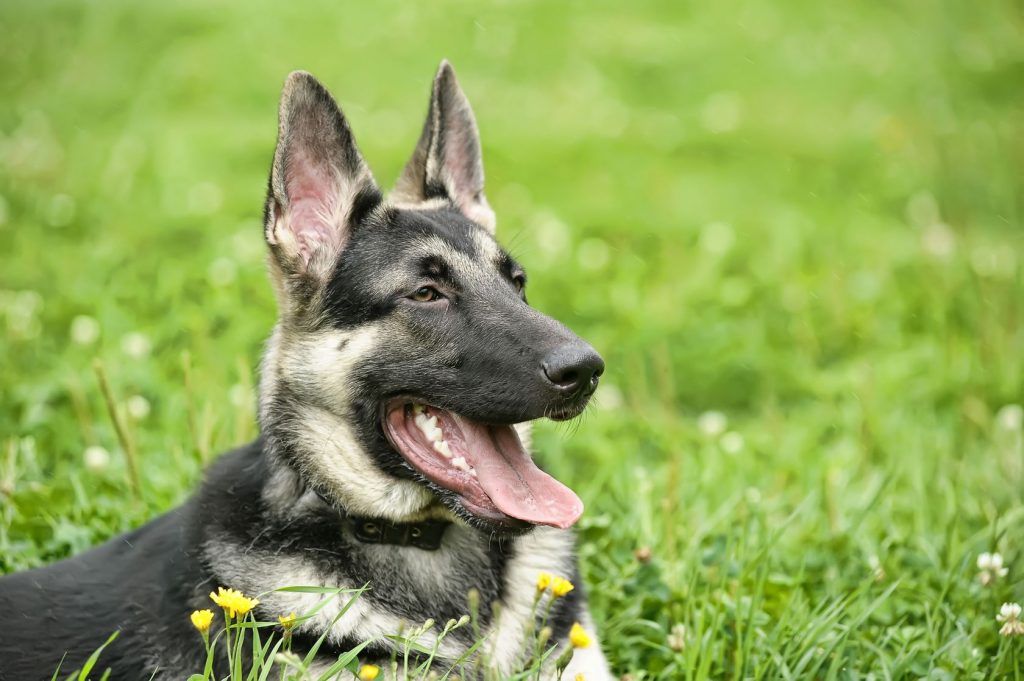
These two dogs’ breeds have similar characteristics in terms of attitude, but their origins are quite different. The Irish Wolfhounds are a very old breed of German Shepherd dogs. Its origins can be traced back to 273 BC; its closest progenitor is the Irish Wolfhound, considered the Romans’ best war dog.
Used against the cavalry, these dogs stood out for their strength and fierceness, dismounting a rider in full battle. Later, they were used as hunting dogs in hunting wild boars, elk, wolves, and bears; over time, their function was destined more towards herding, taking care of the cattle from predators.
The mixture of these dogs could be attributed to Max von Stephanitz, who, starting from a show dog that had all the attributes of an ideal working dog, began his crossing by finding certain branches. We could mention that of the German Shepherd Wolfhound. These were the product of crossing with different breeds of German shepherd dogs.
During the 1850s, the Irish Wolfhound was almost extinct, and it was at this time that Captain George Augustus Graham began the breeding program that would bring the Irish Wolfhound back to its original form.
Irish Wolfhound
The wolfdog hybrid results from the mating of a gray wolf of various subspecies of Canis lupus and the dog Canis lupus familiaris. In 1998 the United States Department of Agriculture estimated a population of approximately 300,000 wolfhounds in the United States alone, one of the world’s highest populations.
The first generation hybrids were a cross of gray wolves with similarly characteristic dogs such as Alaskan Malamutes, Siberian Huskies, and German Shepherds to obtain a much more exotic appearance.
The Irish Wolfhound is the largest in stature of all hybrids, equaling the Great Dane in size. Both the skull and the muzzle have similar dimensions, almost identical. Their dark almond-shaped eyes and rose-shaped ears are a direct inheritance from gray wolves. They also have a long and muscular neck, a deep chest, and prominent muscular development; they have a long and curved tail.
German Shepherd
The German shepherd is a breed from Germany and can place its origin around 1899. It is a dog that is part of the breeds dedicated to herding and was developed for this purpose. However, due to their great strength, intelligence, and ability to train and obedience, they have become excellent working and assistance dogs. It is very common to find them performing tasks such as a guard dog, a guide for the blind, a rescue dog, a police dog, etc.
Its great developer was the German Army Cavalry Captain Maximilian von Stephanitz. In 1899, with the Association of the German Shepherd Dog’s help, he started a breeding program with specimens that generated crosses with improvements in the animal’s mental and physical aspects. The first known specimen, Horand, was a vigorous specimen with a strong character, grayish coat, and a wolfish appearance.
Today, the German Shepherd breed is one of the most loved and admired by connoisseurs of dogs. His qualities have allowed him to become an essential part of the security and rescue forces. They are an excellent housemate and an obedient protector of the family.
The appearance of Irish wolfhound and German shepherd Mix
As we already pointed out previously, the origin of this mix begins in 1899. When Captain Max von Stephanitz began to carry out the necessary crosses to obtain all these dogs’ most desirable characteristics.
-
hybridization system
Their physical and mental appearance is the product of a meticulous hybridization system that enhances the dominant species’ characteristics.
-
high physical strength
In this way, it is a specimen of high physical strength, capacity, and intelligence.
Health Issues
In general, these dogs do not suffer from inherited diseases common in other breeds. For the most part, wolf dogs are healthier than their parents. However, they are not immune to other infectious diseases.
- Hip dysplasia: It is a common disease among German Shepherds, and although in its mixture with the wolf, this disease is usually reduced by a large percentage, it is important to maintain appropriate precautions.
- Glaucoma: This disease can be detected at an early age and is directly related to the specimen’s genetics. Any dog can suffer from this disease at any stage of his life. Always be alert to its symptoms which may include eye pain.
- Canine Parvovirus is a viral infection that causes vomiting, diarrhea, and even bleeding. It can be fatal and is common among all breeds of dogs. Like this one, distemper is also a viral origin disease that can cause symptoms such as cough, dyspnea, mucus, conjunctivitis, fever, and decay.
- Diseases of origin such as leptospirosis, canine brucellosis, mastitis, pyometra, pododermatitis, demodectic mange, sarcoptic mange by external agents; they have no relationship with the breed or genetics of the dog. However, shepherds tend to be much more resistant and recover much faster than other breeds.
How To Care For Wolfhound German Shepherd Mix?
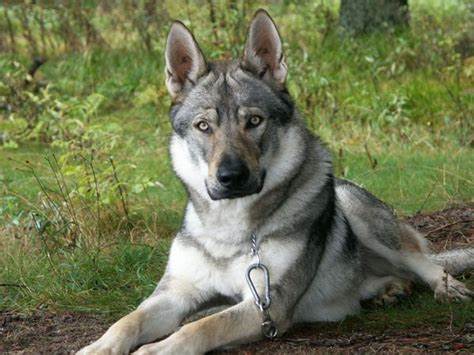
Any of the German Shepherd families need space and minimal care. They are dogs in very good health. However, they need good care to preserve it.
- Hygiene: cleaning habits are essential for all breeds, especially those with abundant fur like the shepherds. Keeping them clean and the brush is a good way to avoid parasites and other types of environmental diseases and infestations.
- Training and exercise: all German Shepherds need constant exercise. This allows them to stay strong, healthy and drain all that energy that, if not channeled, can result in bad behaviors and aggressiveness.
- A safe space for them: being a very nervous and at the same time very brave breed, shepherds often do not respond well to quick stimuli or invasion of their territory. Having an area that you can enjoy, open and with space to run, will always come in handy, although you should never let them fully take over the area.
How To Train Wolfhound German Shepherd Mix?
The best in all cases, especially for this breed of dogs so intelligent, noble, and faithful, is positive reinforcement. Let the dog feel that whatever he does well, it will be rewarded.
- If the dog obeys, reward him with a gesture: food, water, or just petting. This will let him know that what he did was right and that if he repeats it, he will be rewarded.
- Always keep it close to people. German Shepherds wolves are not very friendly animals, so they must get used to the human presence beyond family members.
- Encourage him to be independent. It is not good for this type of dog to become a lap dog. They are prominent, big, and strong animals and need to be prepared.
- Always take him to exercise and teach him basic tasks that he can follow, such as carrying things, bringing things; he is an excellent help dog, and the best thing is that he enjoys activities.
What Is The Personality Of A German Wolfdog Like?
Nobility is the most remarkable attribute of this breed of dog. Their great loyalty to their owner and superior intelligence makes them one of the most recommended breeds for the family.
- Temperament: This is a hereditary quality, and as with all dogs, it will depend on their ancestry. They are very attached to their owners, and their protective instinct makes them very attached to children and small pets that they perceive as part of the herd. However, we must not forget that they are also hunting dogs, so it would not be advisable to keep them near small animals such as cats or hamsters.
- They are quite nervous and do not respond well to inanimate objects, loud noises, new people, and rapid movements.
- Being such energetic dogs, you may find some surprises if you do not help them channel that energy. They can be destructive, and that comes directly from wolves, so there is not much to do.
